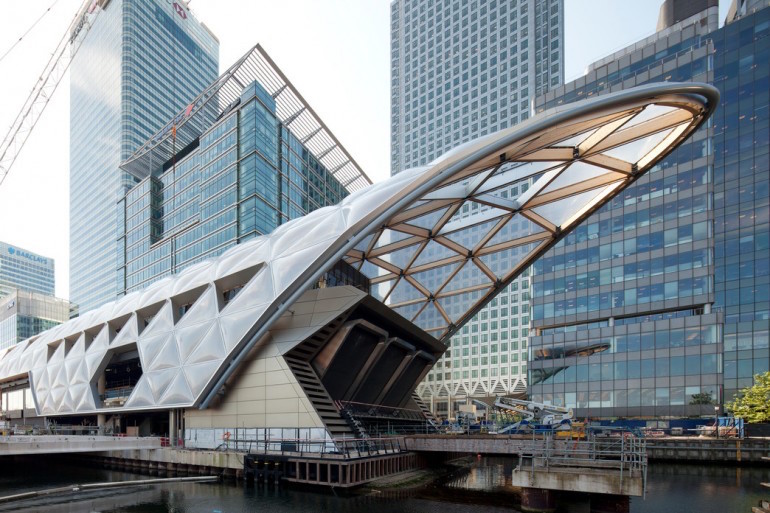TRANSPORT
CrossRail Trains UK
With its constantly growing population and soaring prices for living space in the center of town, the City of London is set to inaugurate its new Crossrail public transport system in 2017
December 25, 2015
The £14.8 billion new rail service, which will feature futuristic trains built with aluminium bodies, will carry 200 million passengers a year and expand London's rail capacity by 10% when fully open in 2019.
Construction of Crossrail began at Canary Wharf in east London in May 2009, while tunnelling work for the new rail system started in May 2012. By June 2015, when tunnelling was officially completed, eight boring machines had created 42 kilometres of new tunnels.
More than 200,000 concrete segments (each weighing 3.4 tons) have been put to use in these tunnels, with 3 million tons of excess earth being saved and reused to create the Wallasea Island Wild Coast nature reserve northeast of London. In all, 98% of the excavated material from the Crossrail project has been reused or recycled.
More than 200,000 concrete segments (each weighing 3.4 tons) have been put to use in these tunnels, with 3 million tons of excess earth being saved and reused to create the Wallasea Island Wild Coast nature reserve northeast of London. In all, 98% of the excavated material from the Crossrail project has been reused or recycled.
The Crossrail trains themselves, built out of a strong and lightweight aluminium body shell, are set to feature the latest amenities and accessibility options required by modern commuters. Built by Bombardier, the 200m trains will have nine fully connected walk-through carriages and will use 30 percent less energy than existing trains on account of their regenerative braking (which recovers energy from the brakes).
Even so, they will still be faster than existing trains. Passengers on the train will have access to free Wi-Fi on the trains and platforms, as well as access to 4G wireless service. The trains themselves will have onboard information systems with real-time information for riders. Crossrail's trains will also have four dedicated wheelchair spaces and use interior materials that "wear in" instead of wearing out.
Even so, they will still be faster than existing trains. Passengers on the train will have access to free Wi-Fi on the trains and platforms, as well as access to 4G wireless service. The trains themselves will have onboard information systems with real-time information for riders. Crossrail's trains will also have four dedicated wheelchair spaces and use interior materials that "wear in" instead of wearing out.
Crossrail Trains Interior. Photos by TFL.
"It's fantastic to think that these sleek new trains will soon be transporting millions of people across our great city and beyond. They're feature packed, eye-catching machines that showcase the best of British design and engineering. They'll add vital capacity to our rail network and will help to ensure our economy continues its onward journey full-steam ahead. The largest construction project in Europe is another tantalising step closer to becoming a brand new working railway for the Capital."

Boris Johnson
Mayor of London
In the Crossrail system, the trains are not the only component to make use of aluminium. Crossrail stations themselves, such as the Canary Wharf station, use aluminium roof panels for their timber lattice roofs.
One of ten new stations in the Crossrail system, Canary Wharf's recently completed roof will house a four storey "retail and leisure development" which will include shops, restaurants, a movie theater, and a roof garden. By the time the Crossrail system opens in full over the next few years, 1.5 million more people will be able to access central London by train in less than 45 minutes.
One of ten new stations in the Crossrail system, Canary Wharf's recently completed roof will house a four storey "retail and leisure development" which will include shops, restaurants, a movie theater, and a roof garden. By the time the Crossrail system opens in full over the next few years, 1.5 million more people will be able to access central London by train in less than 45 minutes.

Canary Wharf Station. Photo by Cross Rail